Home>Garden Essentials>How To Get Rid Of Grass In Ground Cover


Garden Essentials
How To Get Rid Of Grass In Ground Cover
Modified: October 18, 2024
Learn effective methods to eliminate grass from your ground cover and maintain a pristine garden environment. Discover expert tips and techniques today!
(Many of the links in this article redirect to a specific reviewed product. Your purchase of these products through affiliate links helps to generate commission for Storables.com, at no extra cost. Learn more)
Introduction
Welcome to our comprehensive guide on how to get rid of grass in ground cover. If you have a garden or landscaping area with ground cover plants, you know just how beautiful and low-maintenance they can be. Ground cover plants not only add aesthetic appeal to your outdoor space, but they also help to prevent soil erosion, control weed growth, and conserve moisture.
However, sometimes unwanted grass can find its way into your ground cover, compromising its appearance and effectiveness. Dealing with grass in ground cover can be a frustrating and time-consuming task, but fear not! In this article, we will provide you with the knowledge and strategies you need to effectively tackle this pesky problem.
Before we dive into the solutions, let’s first understand what ground cover is and why it’s important. Ground cover refers to low-growing plants that spread quickly and densely, forming a thick carpet-like cover over the soil. Some popular ground cover plants include creeping thyme, vinca, and creeping phlox.
One of the main benefits of ground cover is its ability to suppress weed growth. The dense and sprawling nature of ground cover plants shades the soil, making it difficult for weeds to take root and grow. By doing so, ground cover reduces the need for constant weeding and helps to maintain a neat and tidy garden.
However, despite its weed-suppressing qualities, grass can sometimes invade ground cover areas. This can happen due to seeds being carried by wind, birds, or animals, or it may occur when grass starts to grow close to the ground cover and slowly spreads into it. The presence of grass in ground cover not only reduces the visual appeal, but it also competes with the ground cover plants for essential resources like nutrients, water, and sunlight.
In the following sections, we will discuss different methods to remove grass from ground cover, ranging from manual removal to herbicide application. We will also explore preventive measures to stop grass from growing back in your ground cover area. By following these steps, you can restore the beauty and health of your ground cover plants.
So, let’s get started and bid farewell to the unwanted grass in your ground cover!
Key Takeaways:
- Say goodbye to unwanted grass in your ground cover by using methods like manual removal, solarization, herbicide application, and reapplying mulch or weed barriers. Prevent future invasions with regular inspections and healthy maintenance practices.
- Keep your ground cover area lush and free from unwanted grass by choosing the right removal method, such as manual removal or solarization. Prevent future invasions with proactive measures like reapplying mulch and regular inspections.
Read more: How To Get Rid Of Ground Cover Vines
Understanding Ground Cover
Ground cover is a popular landscaping option that serves as a low-maintenance alternative to traditional lawns. It consists of low-growing plants that spread horizontally and densely over the ground, creating a carpet-like effect. Ground cover plants are typically chosen for their ability to effectively cover large areas, control erosion, and suppress weed growth.
When selecting ground cover plants for your garden or landscape, it is important to consider their specific characteristics and growth habits. Some ground cover plants, such as creeping thyme and creeping phlox, are known for their fragrant flowers and vibrant colors, making them ideal for adding visual interest to your outdoor space. Others, like ivy and vinca, have dense foliage and are excellent at weed suppression.
In addition to their aesthetic appeal, ground cover plants offer a range of practical benefits. By spreading horizontally, ground cover plants form a protective layer that helps prevent soil erosion. This is especially beneficial on slopes or areas prone to erosion, where ground cover can stabilize the soil and prevent runoff during heavy rains.
Another advantage of ground cover is its ability to reduce the need for constant weeding. The dense growth of ground cover plants shades the soil, making it difficult for weed seeds to germinate and establish themselves. This saves gardeners time and effort in maintaining weed-free areas, allowing them to focus on other aspects of gardening.
Furthermore, ground cover plants act as a natural mulch, helping to conserve moisture in the soil by reducing evaporation. The thick layer of foliage helps to retain moisture and regulate soil temperature, creating a more favorable environment for plant growth.
When establishing a ground cover area, it is important to choose plants that are well-suited to your climate, soil conditions, and sun exposure. Different ground cover plants have varying requirements for light, water, and soil pH, so it is crucial to select plants that will thrive in your specific conditions.
Overall, ground cover is a versatile and practical landscaping option. It not only enhances the visual appeal of your outdoor space but also provides numerous benefits such as erosion control, weed suppression, and moisture conservation. Understanding the unique characteristics and growth habits of ground cover plants will help you make informed decisions and maintain a healthy and vibrant ground cover area.
The Problem with Grass in Ground Cover
While ground cover plants offer a range of benefits for your garden or landscape, the presence of grass within your ground cover can pose several problems. Let’s take a closer look at the issues that arise when grass infiltrates your ground cover area.
1. Competition for Resources: Grass competes with ground cover plants for essential resources like nutrients, water, and sunlight. As grass grows, it can outcompete the ground cover plants, depriving them of the necessary resources for growth and health. This can lead to stunted growth, weakened plants, and a less attractive ground cover area overall.
2. Visual Disruption: Grass stands out in a ground cover bed due to its taller height and different texture. This disrupts the uniform appearance and neatness that ground cover is intended to provide. The grass can create an eyesore and detract from the aesthetic appeal of your landscaping efforts.
3. Increased Maintenance: The presence of grass in ground cover increases the maintenance required to keep the area looking tidy. It can add to the time and effort spent on regular maintenance tasks such as trimming, mowing, and weeding. This can be frustrating for gardeners who initially chose ground cover for its low-maintenance qualities.
4. Weed Encouragement: Grass in ground cover can act as a gateway for other weeds to infiltrate the area. Grass often produces seeds that can spread and germinate, leading to the growth of additional unwanted plants. This can create a cycle of weed control and require more frequent weeding and maintenance to keep the ground cover area weed-free.
To maintain the health and appearance of your ground cover, it is crucial to address the problem of grass invasion promptly and effectively. In the following sections, we will explore different methods to remove grass from ground cover, as well as preventative measures to prevent its return.
By tackling the issue head-on and implementing the appropriate strategies, you can ensure that your ground cover area remains lush, vibrant, and free from unwanted grass.
Assessing Your Ground Cover
Before you begin the process of getting rid of grass in your ground cover, it’s important to assess the current state of your ground cover area. This will help you determine the extent of the grass invasion and choose the most appropriate removal method. Here are some key steps to follow when assessing your ground cover:
1. Visual Inspection: Start by visually inspecting your ground cover area. Look for any patches or tufts of grass that have infiltrated the ground cover plants. Pay attention to areas where the grass seems to be spreading or dominating the space. This will give you a good idea of the overall condition of your ground cover and the scope of the problem.
2. Weed Identification: Take the time to identify the grass species that is invading your ground cover. Different grasses may require different methods of removal. Understanding the specific grass species will help you choose the most effective approach to eliminating it. You can use online resources, gardening books, or seek advice from a local horticulturist to identify the grass species accurately.
3. Health of Ground Cover Plants: Assess the health and condition of your ground cover plants. Look for signs of stress, such as yellowing leaves, wilted foliage, or stunted growth. Determine if the grass invasion has caused any damage or hindered the growth of the ground cover plants. Identifying any issues with the ground cover plants will allow you to address them in conjunction with removing the grass.
4. Soil Quality: Examine the soil under the ground cover area. Check for any signs of compaction, nutrient deficiencies, or pH imbalances. Assessing the soil quality is important because it can influence the growth of both the ground cover plants and the invading grass. If the soil is compacted or lacking in nutrients, you may need to address these issues along with removing the grass.
5. Surrounding Landscape: Take into account the overall landscaping around your ground cover area. Identify any nearby sources of grass seeds or potential pathways for grass to spread into your ground cover. For example, if there is a nearby unmaintained lawn or grassy area, it may be contributing to the grass invasion in your ground cover. Understanding these factors will help you implement preventative measures to stop the grass from growing back.
By carefully assessing your ground cover, you will have a better understanding of the extent of the grass invasion and the underlying conditions that may be contributing to it. This knowledge will guide you in choosing the most appropriate removal methods and implementing preventive measures to maintain a healthy and grass-free ground cover area.
Choosing the Right Method
When it comes to removing grass from your ground cover, there are several methods you can choose from. The best method for you will depend on various factors such as the extent of the grass invasion, the type of ground cover plants you have, and your personal preferences. Let’s explore some of the most common methods and their considerations:
1. Manual Removal: Manual removal involves physically pulling out the grass plants from the ground cover. This method is suitable for small areas or when the grass invasion is minimal. It is essential to carefully remove the grass without damaging the ground cover plants in the process. Using a small handheld tool like a trowel or garden fork can help loosen the grass roots before gently pulling them out. Manual removal can be time-consuming, so it is best for spot treatments or small patches of grass.
2. Solarization: Solarization is a method that uses the heat from the sun to kill grass and other weeds. To solarize your ground cover area, cover it with a transparent plastic sheet or tarp, making sure to secure the edges to trap heat underneath. Leave the plastic in place for several weeks during hot summer months. The heat generated by the sun will effectively kill the grass and any weed seeds in the soil. Solarization is a chemical-free and environmentally friendly method, but it may not be suitable for all climates or during cooler seasons.
3. Herbicide Application: Herbicides can be an effective option for large-scale grass removal in ground cover areas. Select a herbicide specifically designed to kill grass, and follow the instructions carefully. It’s important to choose a herbicide that is safe for your ground cover plants and apply it only to the grass, avoiding contact with the desirable plants. Herbicides are most effective when applied to actively growing grass, so timing is crucial. While herbicides may provide quick results, be mindful of their potential environmental impact and use them responsibly.
4. Reapplying Mulch or Weed Barrier: One preventive method for keeping grass from growing back in your ground cover is to apply a thick layer of mulch or install a weed barrier. Mulch helps suppress weed growth by blocking sunlight and providing a barrier between the soil and potential weed seeds. Organic mulch, such as wood chips or bark, can also enrich the soil as it breaks down over time. A weed barrier, like landscape fabric, can be laid down before replanting your ground cover, preventing grass and weeds from coming up through the fabric.
Consider the size of your ground cover area, the severity of the grass invasion, and your personal preferences when choosing the best removal method. It may also be helpful to consult with a local gardening expert or landscaper for guidance tailored to your specific situation.
Remember that patience and persistence are often required when removing grass from ground cover. It may take a combination of methods or repeated applications to achieve the desired results. Stay vigilant in monitoring your ground cover area to address any regrowth or new grass invasions promptly.
By choosing the right method and implementing it correctly, you can effectively eliminate unwanted grass from your ground cover and restore the beauty and functionality of your landscape.
Read more: How To Get Rid Of Juniper Ground Cover
Manual Removal
Manual removal is a straightforward and hands-on approach to eliminate grass from your ground cover. This method is best suited for small areas or when the grass invasion is limited to specific patches. Manual removal allows you to have direct control over the process and is an environmentally friendly option. Here’s a step-by-step guide on how to manually remove grass from your ground cover:
1. Prepare for Removal: Start by gathering the necessary tools for manual removal, such as a small handheld trowel or garden fork, gloves, and a bucket or bag for collecting the removed grass. Wearing gloves will protect your hands and minimize the spread of any potential weed seeds.
2. Loosen the Grass Roots: Use the trowel or garden fork to gently loosen the grass and its roots from the ground. Dig around each grass plant, going deep enough to ensure you remove as much of the root system as possible. Loosening the grass roots will make it easier to pull out the entire plant without leaving any remnants behind.
3. Pull Out the Grass: Grasp the loosened grass plant near the base and pull it out firmly, applying even pressure to ensure you remove the entire plant, including the roots. Work methodically, removing one grass plant at a time, being careful not to disturb the surrounding ground cover plants. If any portions of the grass break off, use the trowel or fork to dig deeper and remove the remaining roots.
4. Dispose of the Grass: Place the removed grass plants into a bag or bucket for disposal. If the grass has gone to seed, it’s especially important to properly dispose of it to prevent any potential reseeding in other areas. You can either dispose of the collected grass in your green waste bin or create a separate compost pile specifically for grass and weed materials.
5. Monitor and Repeat: Regularly monitor your ground cover area for any regrowth of grass. If you notice any new grass shoots, promptly remove them manually using the same process described above. Be diligent and consistently repeat the manual removal process whenever needed to stay on top of any potential grass invasions.
Manual removal can be time-consuming, especially if the grass invasion is extensive. However, it offers the advantage of being precise and targeted, ensuring that you preserve the health of your ground cover plants while eliminating the unwanted grass. This method also allows you to get up close and personal with your garden, gaining a better understanding of its specific needs and conditions.
Remember, prevention is key to minimizing future grass invasions in your ground cover. Regularly inspect your garden, including the surrounding areas, and address any potential sources of grass seeds or pathways for grass to enter your ground cover. By staying vigilant and taking proactive measures, you can enjoy a beautiful, grass-free ground cover area for years to come.
To get rid of grass in ground cover, you can manually pull out the grass, use a hoe to remove it, or apply a herbicide specifically designed to kill grass without harming the ground cover. Be sure to follow the herbicide instructions carefully.
Solarization
Solarization is a method of using the sun’s heat to kill grass and other weeds in your ground cover area. This technique is especially effective during the hot summer months when temperatures are high and the sun’s rays are intense. Solarization harnesses solar energy to create heat that will eliminate grass and weed seeds in the soil. Here’s how you can utilize solarization to get rid of grass in your ground cover:
1. Clear the Area: Start by removing any debris, rocks, or large plants from the ground cover area. This will ensure that the plastic sheet lays flat and properly covers the soil surface. Rake the area gently to smooth out the soil and create an even surface.
2. Water the Area: Thoroughly water the ground cover area to ensure that the soil is moist. Moist soil conducts heat better and helps to transfer heat to the grass and weed seeds. Watering the area also encourages the grass to actively grow, making it more susceptible to the solarization process.
3. Cover with Plastic Sheeting: Lay a transparent plastic sheet or tarp over the ground cover area. The plastic should be clear or transparent to allow sunlight to penetrate and generate heat. Make sure the plastic is large enough to completely cover the affected area and extend beyond the edges to secure it in place.
4. Secure the Edges: Use rocks, bricks, or garden stakes to secure the edges of the plastic sheet. This will prevent wind from blowing it away and maintain a tight seal to trap heat underneath. Ensure that the plastic is tightly stretched and firmly secured to the ground to create a greenhouse-like environment.
5. Let it Solarize: Allow the plastic to remain in place for several weeks, preferably during the hottest part of the summer. The heat generated by the sun will raise the temperature in the covered area to a level that kills grass and weed seeds in the top layer of soil. The duration of solarization may vary depending on your climate, but aim for at least 4-6 weeks to achieve the desired results.
6. Remove the Plastic: After the designated period of solarization, carefully remove the plastic sheeting. Take caution when doing this, as the area beneath may be hot. Allow the ground cover area to cool down and acclimate before planting new ground cover or performing any additional maintenance tasks.
It’s important to note that solarization may not be suitable for all climates or during cooler seasons. The success of the method is highly dependent on the intensity and duration of sunlight, as well as ambient temperatures. In regions with colder climates or limited sun exposure, solarization may be less effective.
Remember to monitor the previously solarized area for any signs of regrowth. If you notice new grass or weed growth, promptly address it using manual removal or other suitable methods. Combining solarization with preventative measures, such as reapplying mulch or using a weed barrier, can help prevent future grass invasions in your ground cover area.
Solarization is an eco-friendly and chemical-free way to eliminate grass in your ground cover. By utilizing the power of the sun, you can effectively control grass and prepare your ground cover area for reestablishment and continued success.
Herbicide Application
If you are dealing with a large-scale and persistent grass invasion in your ground cover, herbicide application can be an effective method to eliminate the grass. Herbicides are chemical formulations specifically designed to target and kill unwanted plants. When using herbicides, it is important to follow the instructions carefully to ensure safe and effective application. Here are the steps to consider when applying herbicides to remove grass from your ground cover:
1. Select the Right Herbicide: Choose a herbicide that is specifically labeled for grass control in ground cover areas. Look for herbicides that are safe to use around desirable ground cover plants and follow the instructions provided on the product label. It is crucial to select a selective herbicide that targets grass while minimizing damage to the surrounding ground cover plants.
2. Timing Matters: Apply the herbicide when the grass is actively growing. Herbicides are most effective when the plants are actively taking in nutrients and water, as this ensures that the herbicide is absorbed more efficiently. Avoid applying herbicides during extreme weather conditions such as high winds, as this may cause the herbicide to drift and affect unintended areas.
3. Protect Desirable Plants: Shield the ground cover plants from herbicide overspray or drift by using a cardboard or plastic barrier. Carefully place the barrier between the grass and the ground cover plants to ensure that only the grass is targeted. Alternatively, you can use a precision spray bottle to apply the herbicide directly to the grass, avoiding contact with the ground cover plants.
4. Apply Herbicide: Follow the instructions on the herbicide label for proper dilution and application rates. Use a sprayer or spray bottle to evenly distribute the herbicide over the grass foliage. Be sure to thoroughly coat the grass leaves to ensure effective absorption of the herbicide. Avoid over-saturating the area, as excessive herbicide use can harm the surrounding ecosystem.
5. Monitor and Repeat: After herbicide application, monitor the area for signs of grass wilting and deterioration. It may take a few days or weeks for the herbicide to take full effect. If necessary, repeat the herbicide application based on the product instructions and the regrowth of any surviving grass. Be diligent and continue monitoring and treating the area until the grass is completely eradicated.
When using herbicides, it is essential to prioritize safety. Always wear protective clothing, including gloves and eyewear, to prevent direct contact with the herbicide product. Keep children and pets away from the treated area until the herbicide has dried or as directed on the product label.
Remember, herbicides should be used as a last resort and in accordance with local regulations and guidelines. If you have concerns or are unsure about using herbicides, consult with a local gardening expert or seek professional assistance.
By carefully selecting and applying herbicides, you can effectively control and eliminate grass from your ground cover area, allowing your desirable plants to thrive and maintain the aesthetic appeal of your landscape.
Reapplying Mulch or Weed Barrier
If you want to prevent grass from growing in your ground cover area in the long term, reapplying mulch or using a weed barrier is an effective strategy. Mulch and weed barriers create a physical barrier that blocks sunlight, inhibiting the growth of grass and other weeds. This method not only prevents grass from infiltrating your ground cover but also helps retain moisture and maintain a neat appearance. Here’s how you can reapply mulch or use a weed barrier to keep grass at bay:
1. Clear the Area: Begin by removing any existing mulch or debris from the ground cover area. Use a rake or garden fork to gently loosen and remove any grass or weed roots that may be present. This will create a clean surface for the new layer of mulch or weed barrier.
2. Replenish with Mulch: Spread a layer of mulch evenly over the ground cover area, ensuring that it covers the soil surface between the ground cover plants. The mulch layer should be thick enough to smother any potential grass seeds and prevent their germination. Organic mulch, such as wood chips or bark, is a popular choice as it not only suppresses weeds but also adds organic matter to the soil as it breaks down over time.
3. Apply a Weed Barrier: Alternatively, you can use a weed barrier, such as landscape fabric, to prevent grass growth in your ground cover. Lay the weed barrier on the soil, ensuring that it covers the entire ground cover area. Cut holes or slits in the weed barrier to accommodate the existing ground cover plants, allowing them to grow through while preventing grass from penetrating. Secure the edges of the weed barrier with landscape staples or rocks to keep it in place.
4. Smoothen and Maintain: Use a rake or garden tool to smoothen the mulch layer or weed barrier, ensuring that it is even and covers the entire ground area. This not only provides a clean and unified appearance but also enhances the effectiveness of the barrier. Regularly inspect the area to ensure that the mulch has not thinned out or that the weed barrier has not shifted, making any necessary adjustments or reapplications as needed.
While mulch and weed barriers are effective in preventing grass growth, it is important to note that they require maintenance over time. Mulch can break down and decompose, requiring occasional replenishment to maintain its thickness and weed-suppressing properties. Similarly, weed barriers may shift or become damaged, necessitating repairs or replacements to ensure their continued effectiveness.
Combining mulch or a weed barrier with routine inspections and manual removal of any stray grass shoots can help you maintain a grass-free ground cover area. Regularly monitoring and tending to the area will help you catch any potential grass invasions early, preventing them from establishing and spreading.
By reapplying mulch or using a weed barrier, you can effectively create a protective layer that keeps grass at bay, allowing your ground cover plants to flourish without competition.
Read more: How To Get Rid Of Jasmine Ground Cover
Preventing Grass from Growing in Ground Cover
Prevention is key when it comes to keeping grass from infiltrating your ground cover area. By implementing some proactive measures, you can greatly reduce the risk of future grass invasions and help your ground cover thrive. Here are some effective strategies for preventing grass from growing in your ground cover:
1. Maintain a Healthy Ground Cover: Ensure that your ground cover plants are healthy and vigorous. Healthy plants are more resilient to weed competition, including grass. Adequate watering, proper fertilization, and regular pruning or trimming will help your ground cover plants grow densely and efficiently, making it more difficult for grass to establish itself.
2. Install a Weed Barrier: Consider installing a weed barrier, such as landscape fabric, beneath your ground cover. A weed barrier acts as a physical barrier that inhibits grass and weed growth by blocking sunlight and preventing seeds from germinating. When installing the weed barrier, make sure to cut holes or slits to accommodate the existing ground cover plants, allowing them to grow while keeping grass at bay. Secure the edges of the weed barrier to prevent it from shifting.
3. Reapply Mulch Regularly: Reapplying mulch is an effective way to suppress grass growth in your ground cover. Apply a layer of mulch regularly to maintain a thick, mat-like barrier that effectively blocks sunlight and prevents grass from taking root. Refreshing the mulch layer annually or as needed will ensure its effectiveness in suppressing weeds, including grass.
4. Proper Spacing and Plant Selection: When planting ground cover, make sure to space the plants appropriately. Proper spacing allows the ground cover plants to grow and fill in the area, leaving little room for grass to establish itself. Additionally, choose ground cover plants with dense and sprawling growth habits that can quickly cover the ground and shade out potential grass growth.
5. Minimize Soil Disturbance: Avoid unnecessary soil disturbance in your ground cover area, as this can create opportunities for grass and weed seeds to take hold. Be cautious when performing maintenance tasks, such as aeration or digging, to minimize any potential disruption to the ground cover and soil structure. If you need to make any adjustments or plant new ground cover, do so with care, ensuring that the area is well-maintained and free from grass and weeds.
6. Regular Inspections and Prompt Action: Regularly inspect your ground cover area for any signs of grass or weed invasions. Early detection allows for prompt action, such as manual removal or targeted herbicide application, to prevent the grass from spreading and establishing itself. Stay vigilant and address any grass or weed growth as soon as it appears to effectively nip it in the bud.
The combination of these preventative measures will create an environment that discourages grass growth in your ground cover area. By implementing healthy practices and proactive strategies, you can maintain a beautiful and grass-free ground cover landscape.
Remember that no prevention method is foolproof, and occasional maintenance and management may still be necessary. Stay attentive to your ground cover area and promptly address any issues to ensure its long-term health and beauty.
Conclusion
Congratulations! You now have a comprehensive understanding of how to get rid of grass in your ground cover and prevent future invasions. By following the methods and strategies outlined in this guide, you can maintain a beautiful, healthy, and grass-free ground cover area in your garden or landscape.
We started by discussing the importance of ground cover and its benefits, including erosion control, weed suppression, and moisture conservation. We then delved into the problem of grass invading ground cover, which can disrupt the visual appeal and compete with ground cover plants for resources.
Throughout this guide, we explored different methods to address grass in ground cover. Manual removal allows for hands-on control, while solarization uses the sun’s heat to kill grass and weed seeds. Herbicide application can be effective for larger-scale grass removal, and reapplying mulch or using a weed barrier provides ongoing prevention.
Remember, each method has its advantages and considerations, so choose the one that suits your specific circumstances and preferences. Implementing a combination of methods may be necessary for more persistent or extensive grass invasions.
Prevention is crucial for long-term success in maintaining a grass-free ground cover area. Regular inspections, healthy ground cover maintenance, the use of weed barriers, and proper spacing can help prevent grass and weed growth in the first place. By staying proactive and taking prompt action, you can minimize the risk of future grass invasions and enjoy a hassle-free ground cover landscape.
As you embark on your journey to eradicate grass from your ground cover, keep in mind that gardening is a continuous process. Regular maintenance, such as monitoring for regrowth, adjusting preventive measures, and providing care to your ground cover plants, will help ensure the longevity and health of your ground cover area.
With patience, persistence, and implementing the strategies outlined in this guide, you can create a stunning and thriving ground cover landscape that showcases the beauty and benefits of these low-maintenance plants.
Now, armed with your newfound knowledge, it’s time to roll up your sleeves and transform your ground cover into a grass-free oasis. Happy gardening!
Frequently Asked Questions about How To Get Rid Of Grass In Ground Cover
Was this page helpful?
At Storables.com, we guarantee accurate and reliable information. Our content, validated by Expert Board Contributors, is crafted following stringent Editorial Policies. We're committed to providing you with well-researched, expert-backed insights for all your informational needs.

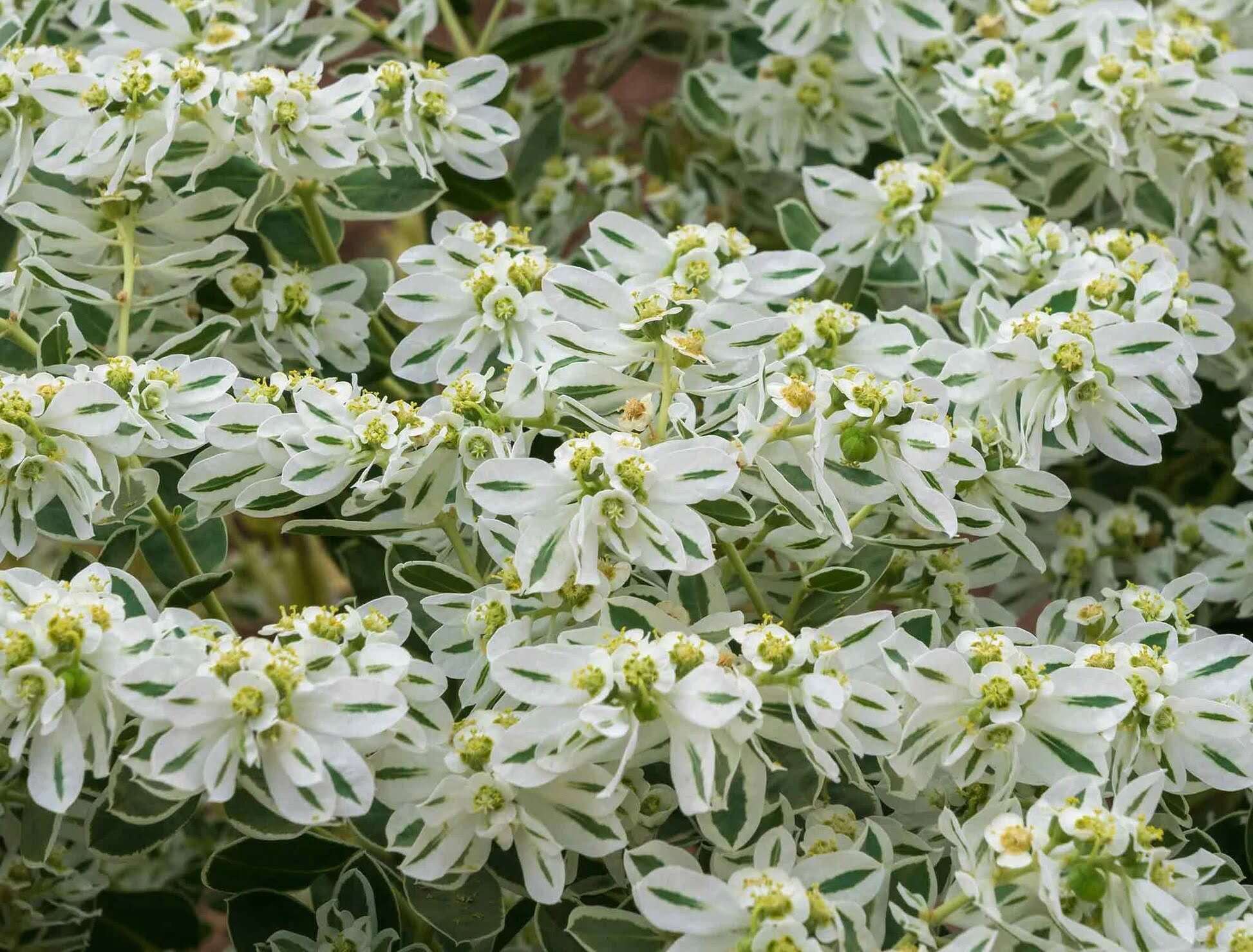
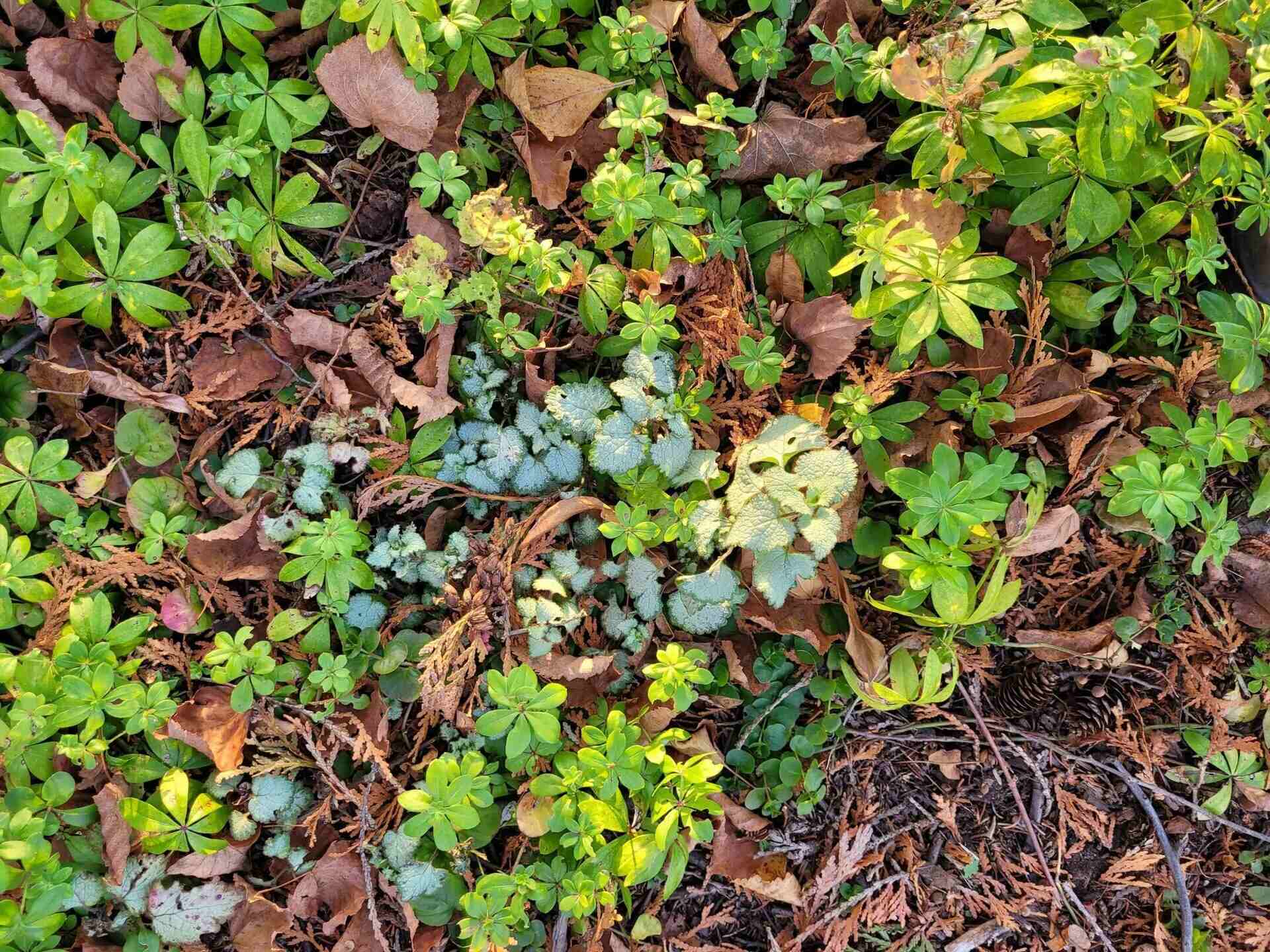
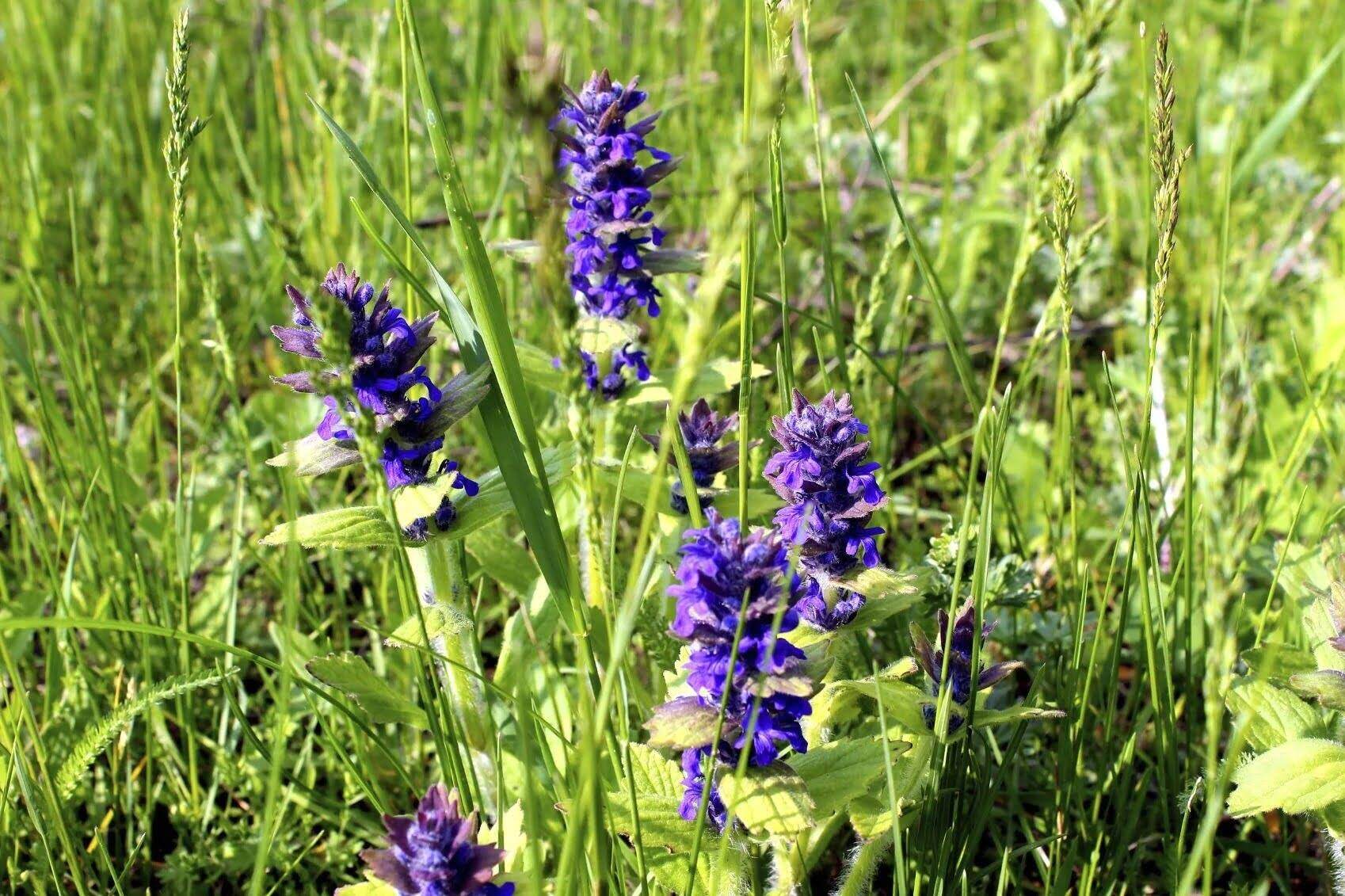


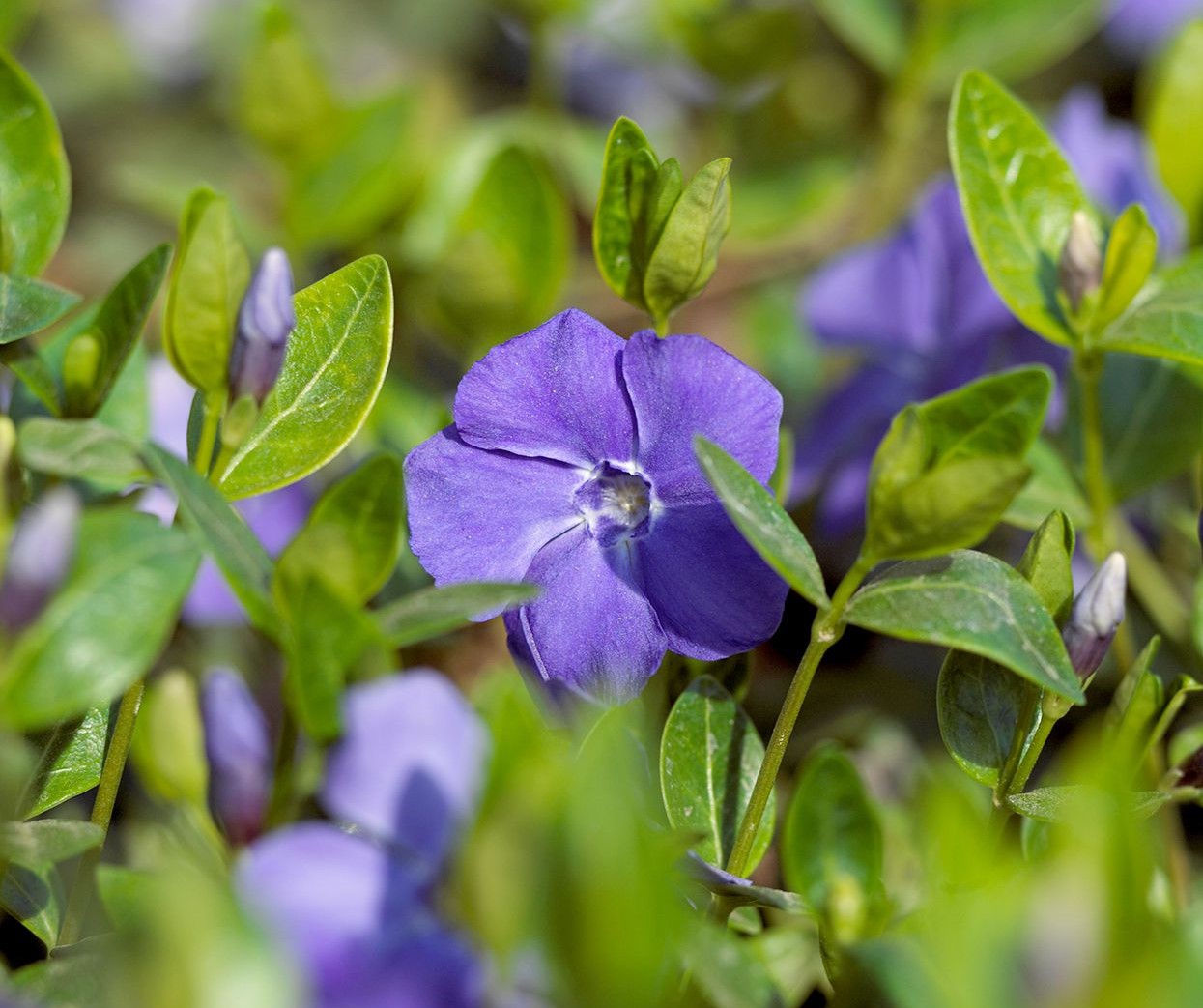
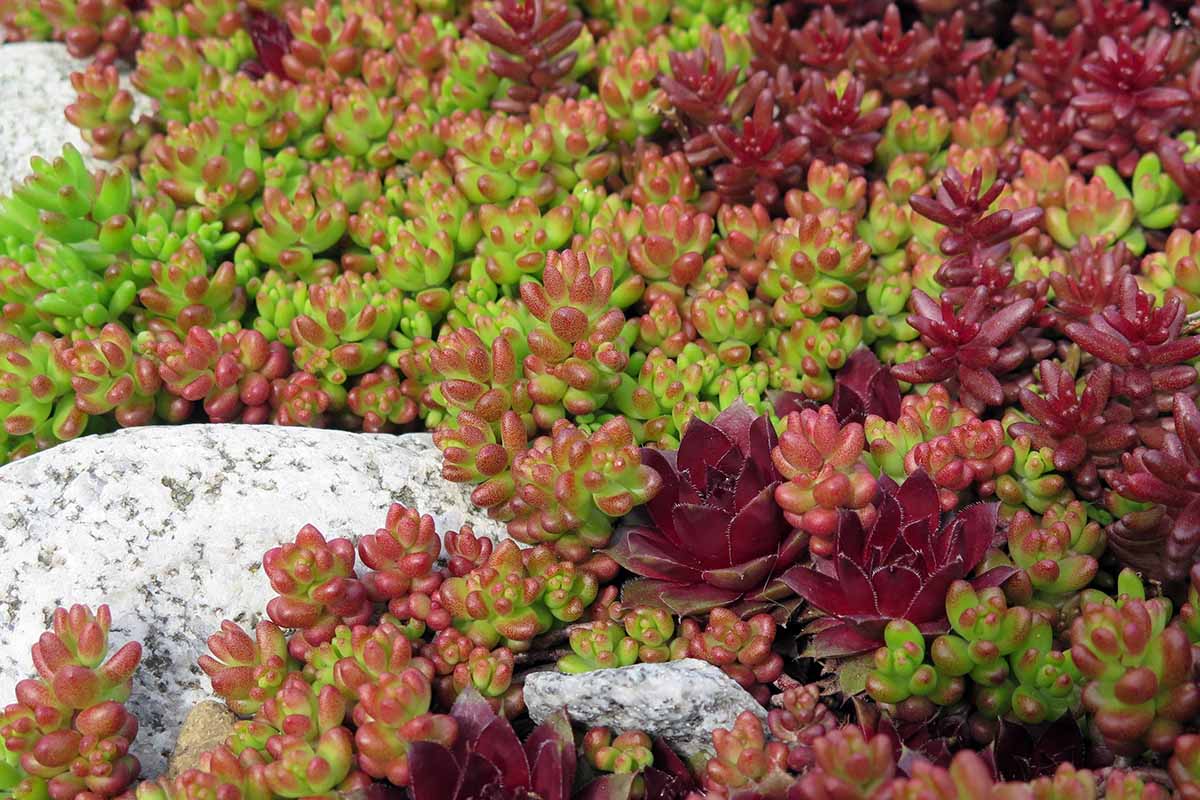

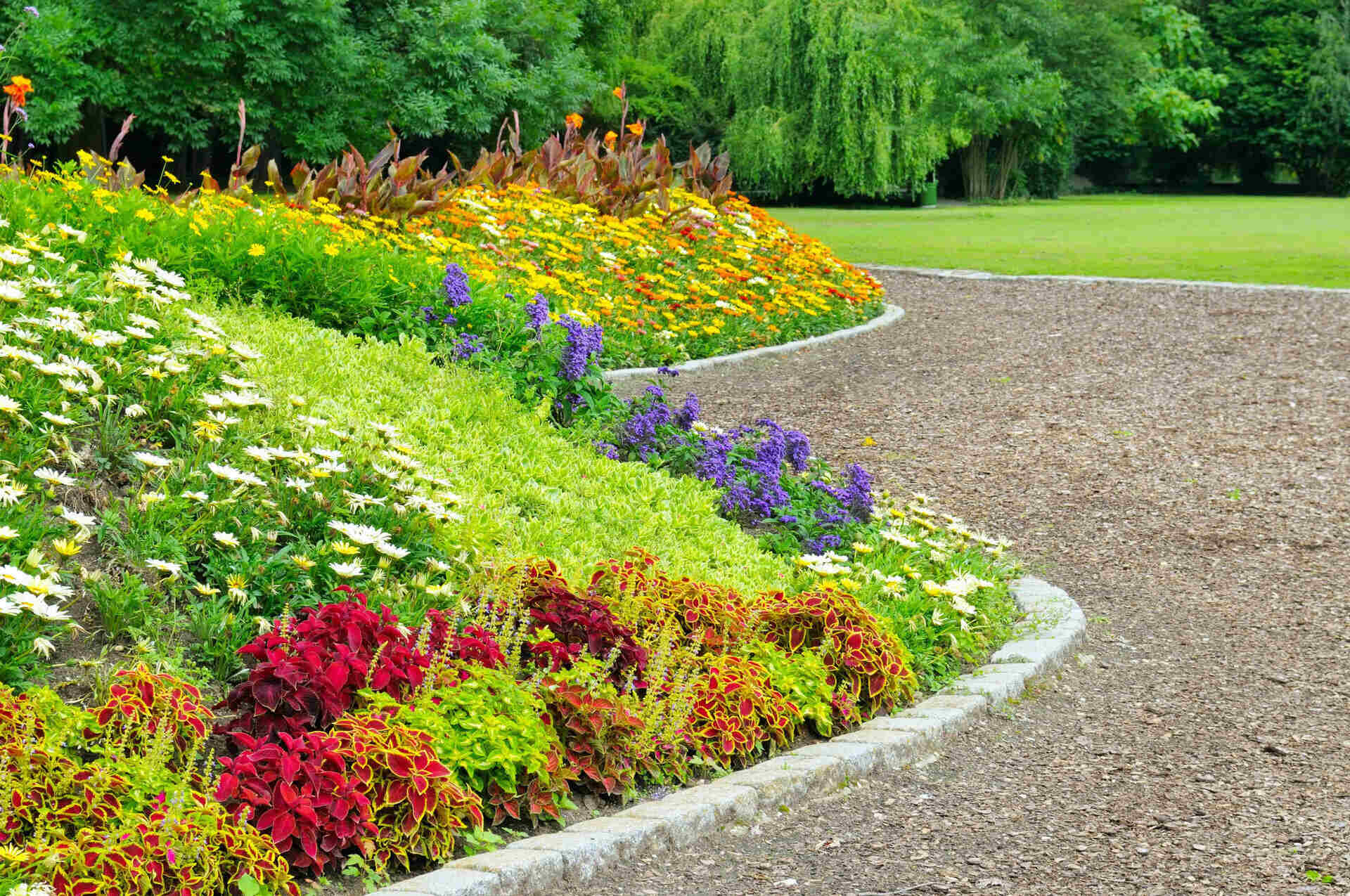
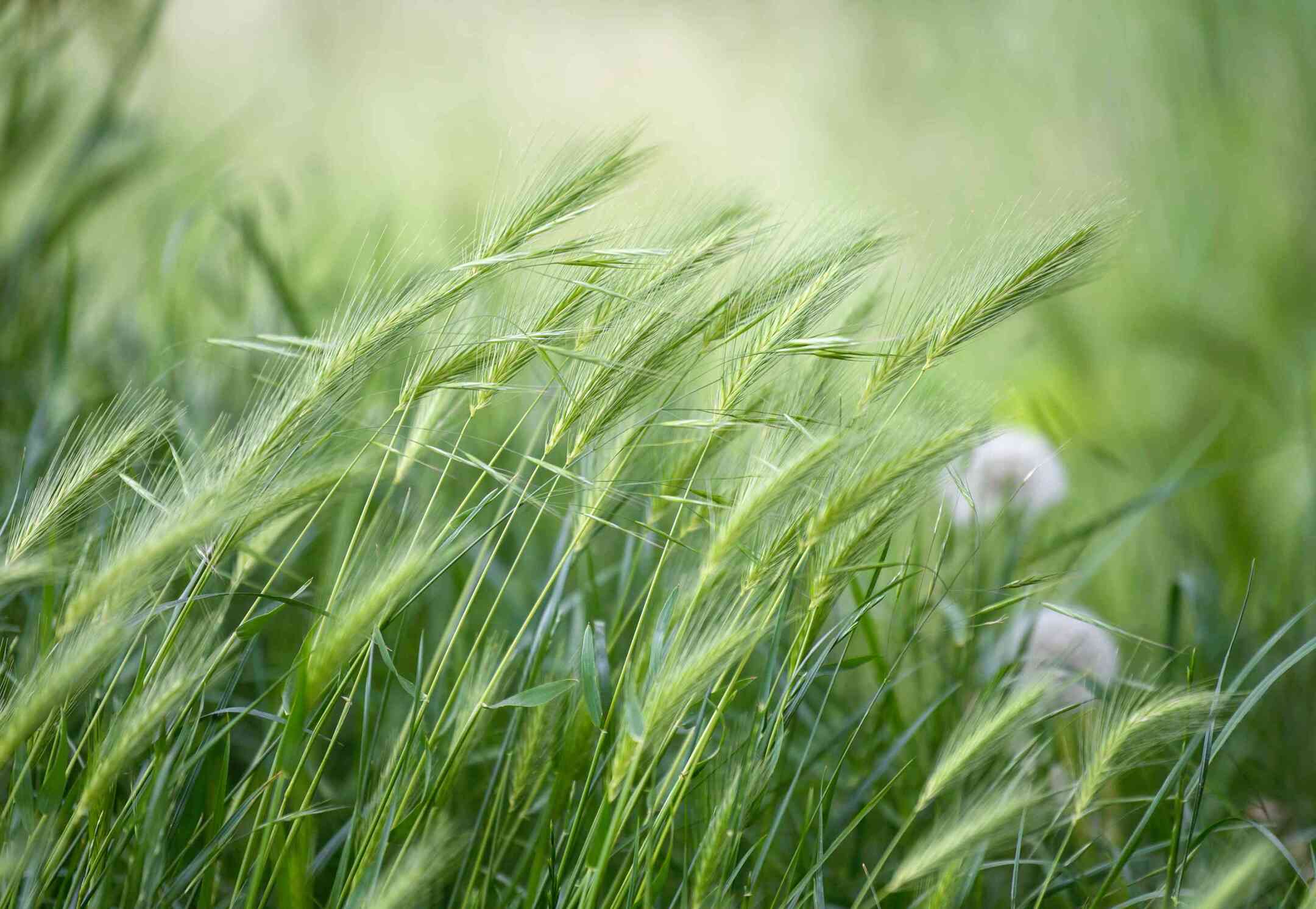
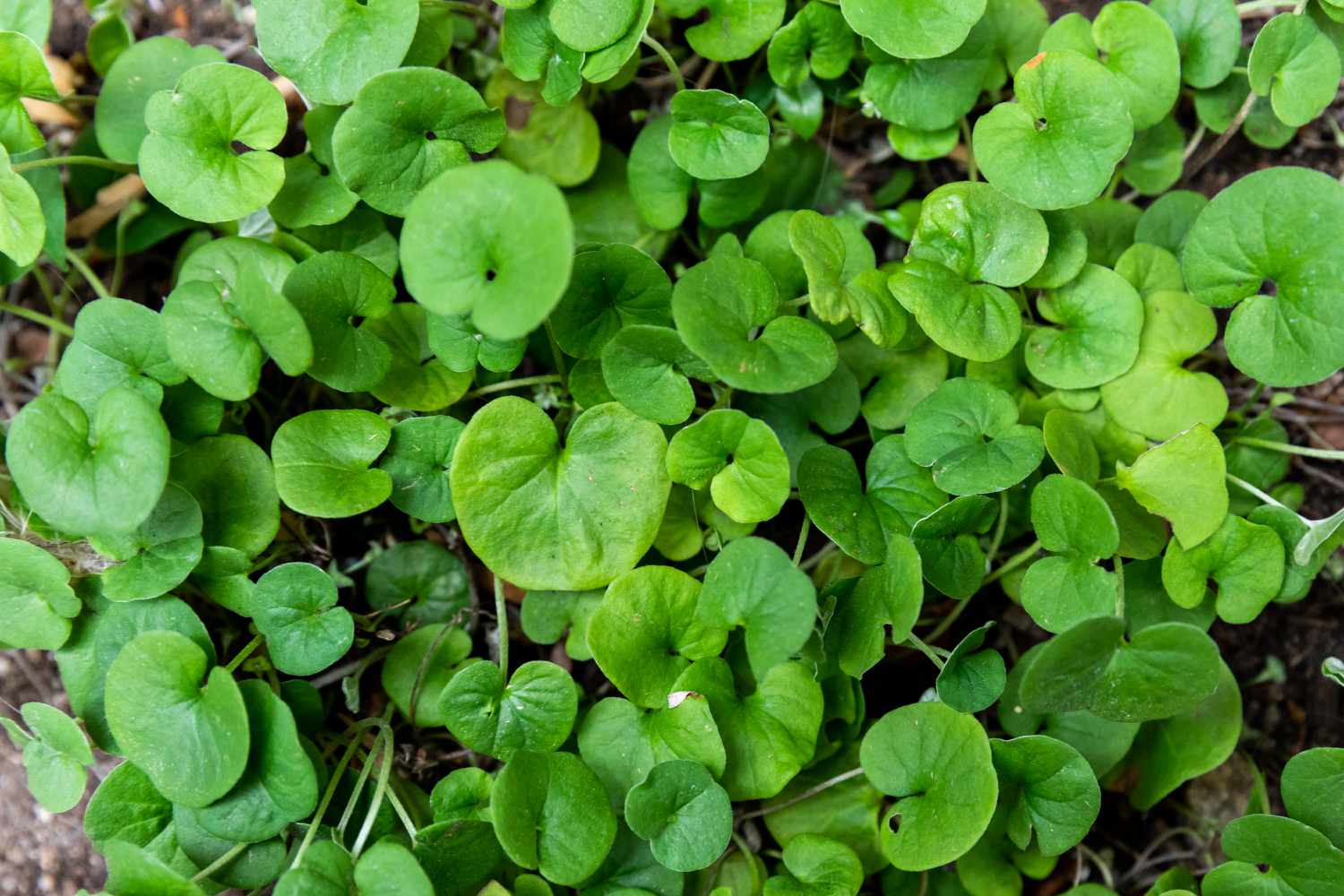
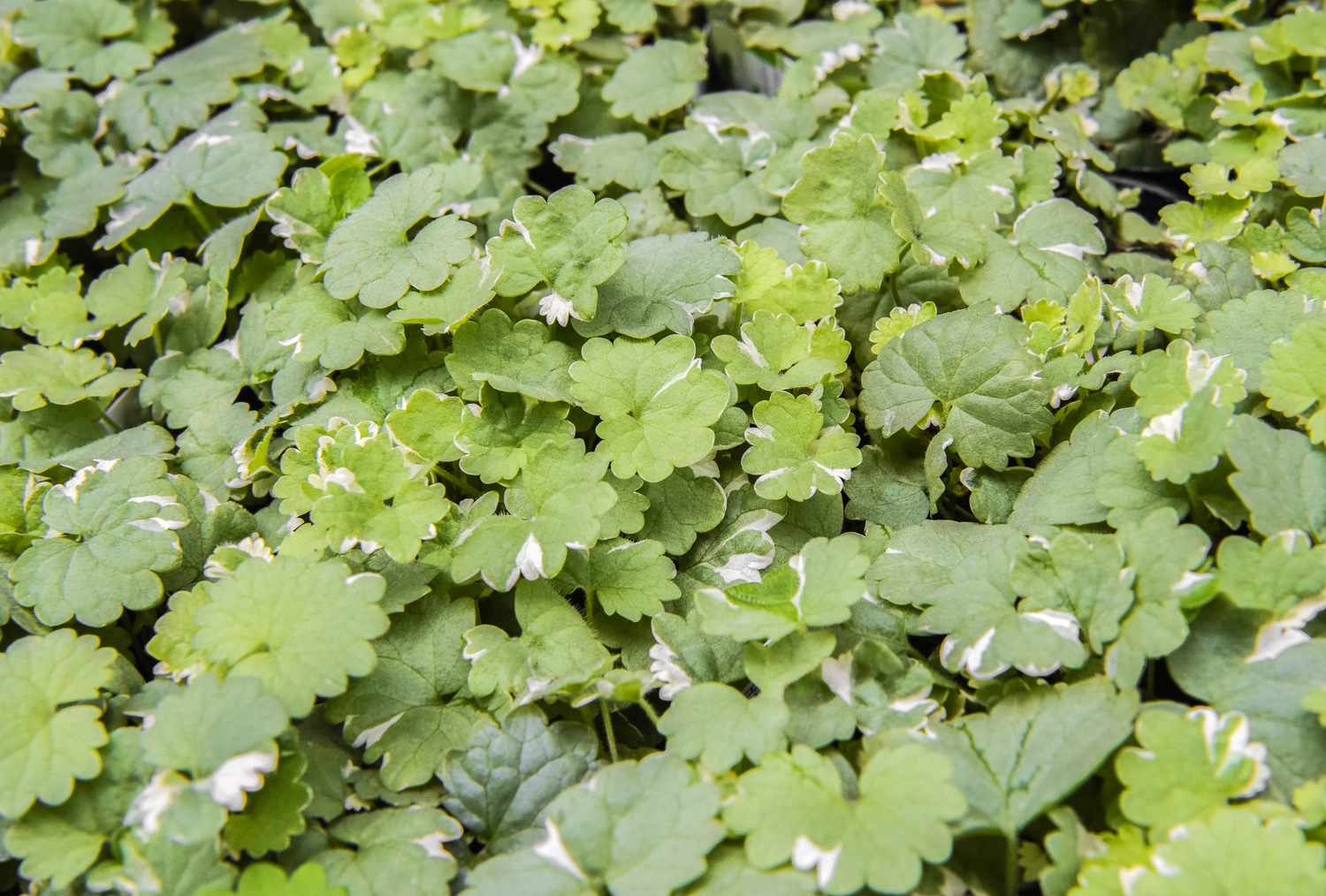

0 thoughts on “How To Get Rid Of Grass In Ground Cover”